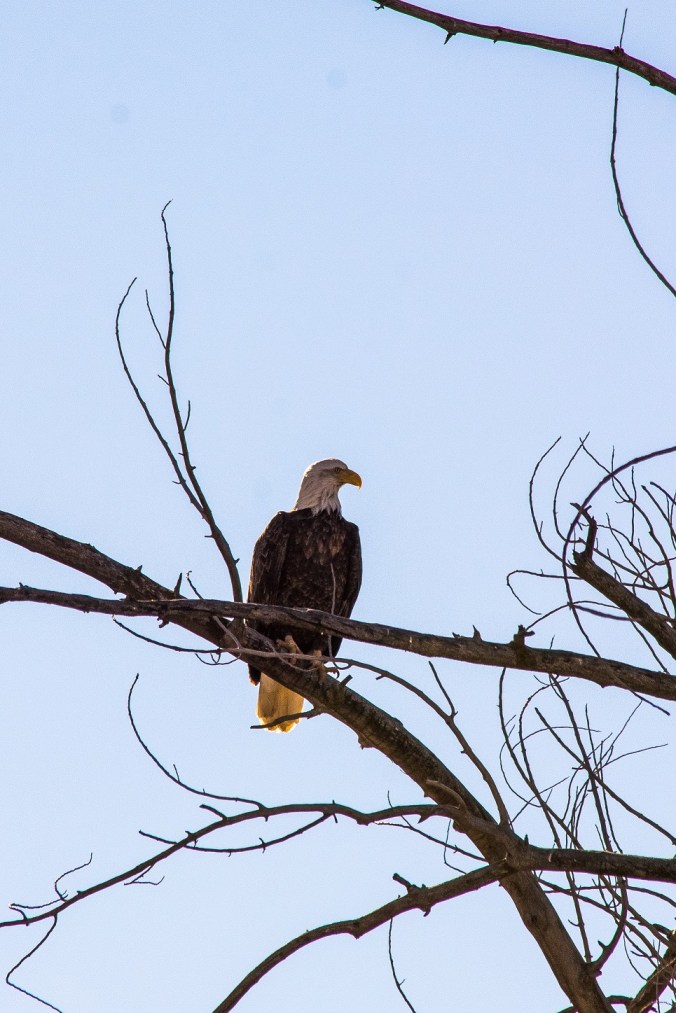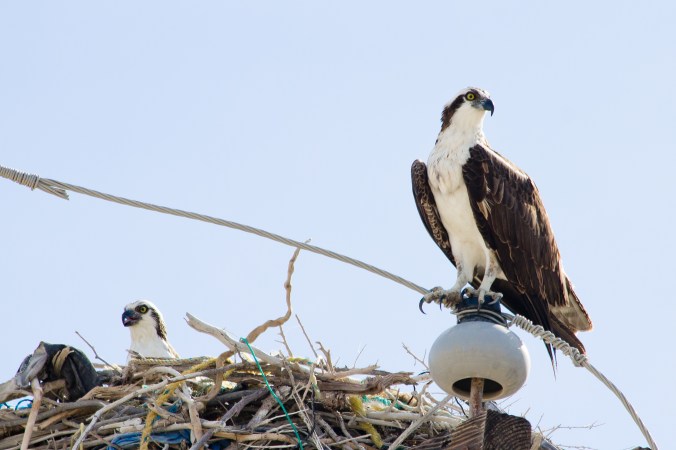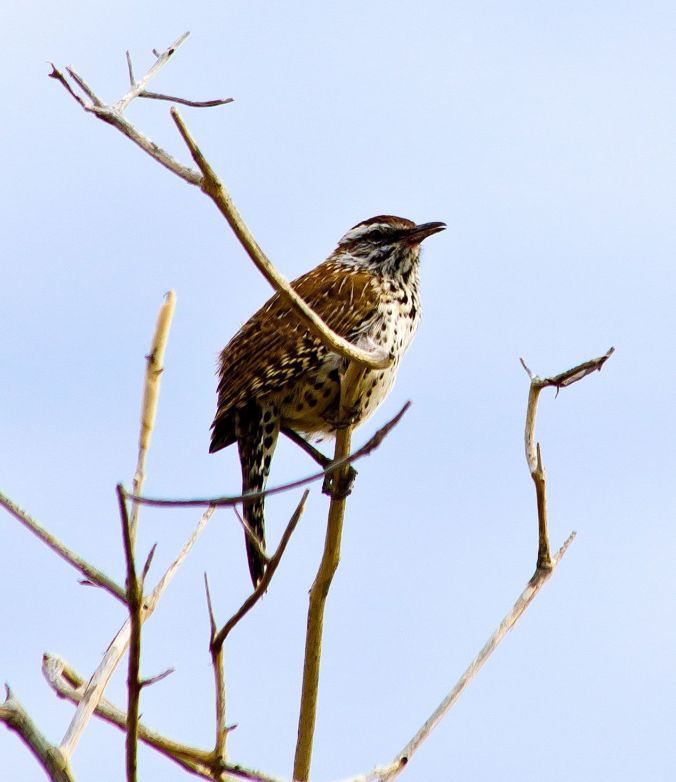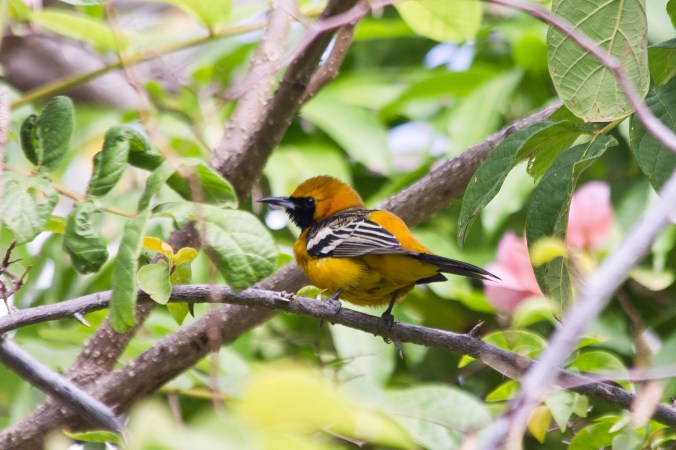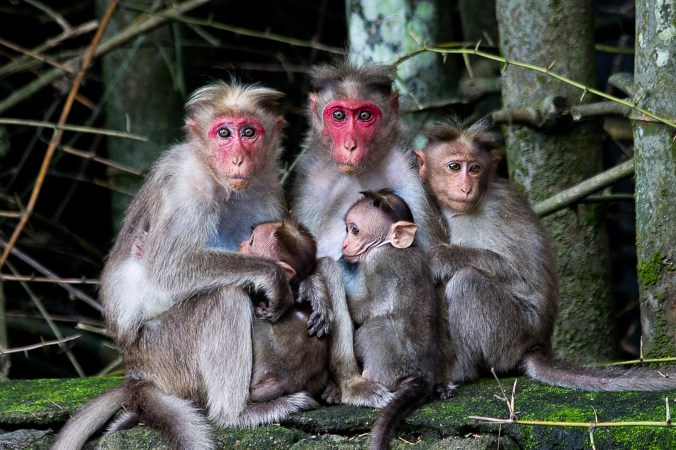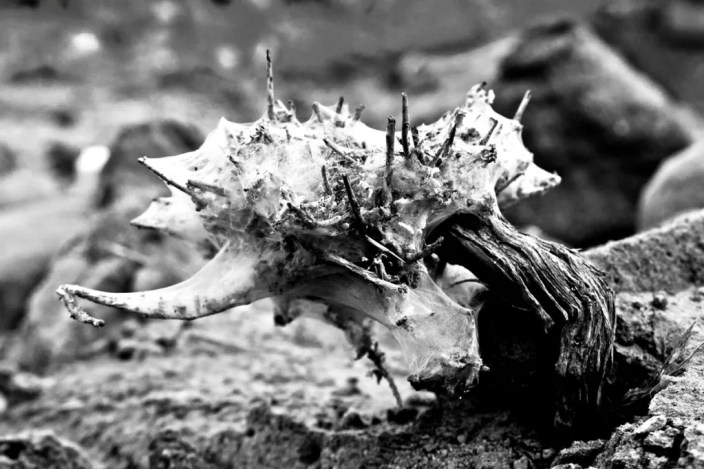
The desert isn’t usually known for its unrivaled ability to support life, and for good reason. Deserts are, if not quite hostile, harsh environments, and the very air can suck the life essence – valuable water, out of unprepared visitors. Fortunately, the natives have had all the time in the world to thicken their skin, grow water bladders in their feet, shrink their stomata, or whatever appropriate organ addition/subtraction/modification may describe their gradual adaptation to a dangerously dry environment. In the above photograph, a spider (from a long line of spiders that no doubt were faced with the very same decisions and dangers as it was) has industriously coated all the available branch space of a small shrub. How, or why, I don’t know. What matters is that one organism – the spider in question, was drawn to this particular shrub, of all the similar shrubs in the valley. Was it drawn to the beauty of the tree? Did the spider somehow know there would be a hearty meal within? Was it merely the first vertical object to come within view? Do electrical impulses travel through the nervous system of the species to which this particular spider belongs at a certain time of day telling it to simply lay web until the nearest object is covered?
How can we find out? How will we know if what we find out is true? Why do we care?
These are big questions.



